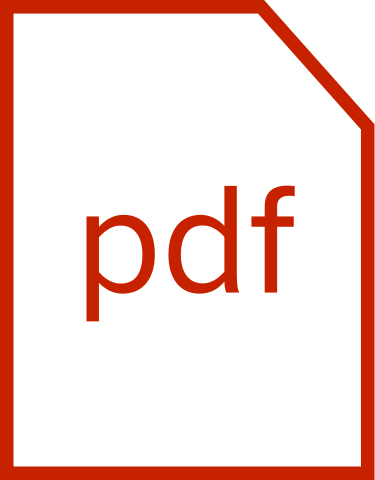NanoMarkets Issues Latest Report on Thin-Film and Printed Battery Markets
Glen Allen, Virginia (PRWEB) January 23, 2014 -- Industry analyst firm NanoMarkets has issued its latest report on the thin-film and printed battery market. In the report the firm states that the sector will generate over $620 million in revenues in 2019 driven by the use of this kind battery in mobile communication devices and the emergence of the Internet of Things (IoT). For more information on the report, “Thin-Film and Printed Batteries Markets 2014-2021” please visit: http://nanomarkets.net/market_reports/report/thin_film_and_printed_batteries_markets_2014_2021
About the report:
After experiencing diminishing prospects for the past few years the thin battery industry may very well be seeing a renaissance in the form of the so-called “Internet-of-things,” which promises ubiquitous sensors and other low-cost electronics. Such devices need to be powered and “thin” batteries may be just the power source that the IoT needs. Has the thin-film and printed battery business suddenly found itself in the right place at the right time?
In our latest report on the thin battery market, NanoMarkets analyzes the current and future opportunities brought about by the emergence of IoT as well as We discuss the latest materials and design strategies being pursued by the thin-film and printed battery makers and assess how successful they are likely to be in the marketplace. As with all NanoMarkets reports, this report includes an eight-year forecast in volumes and value terms broken out by technology type and applications including sensors and sensor networks, smartcards, smart packaging, medical applications, wearables, mobile devices, interactive media, toys, and games and semiconductor and computer industry applications. We also discuss the funding of firms in this space and how that will shape the thin-film battery market.
This report will be important reading not just for firms in the battery industry, but for all firms interested in the new opportunities appearing in the Internet-of-Things, smart packaging, wearable and other related markets.
From the report:
Thin battery applications are currently dominated by sensors and smartcards, which account for 83% of revenues generated by thin batteries. NanoMarkets sees this share falling dramatically reaching just 35 percent by 2019 because of the growing use of thin batteries in cell phones, semiconductor industry applications and medical applications.
Thin batteries can be flexible or stretchable for ultra-thin or curved cell phones; form factors that conventional batteries cannot easily support. Energy densities and recharging times for thin batteries are now good enough to compete with regular phone batteries. In 2019 thin phone batteries phones will exceed $270 million in revenues.
Thin batteries have the performance, size and lifetime to benefit from the trend towards wearables and the Internet of Things (IoT). They can be used with energy harvesting for remote IoT sensors. Thin battery revenues from sensors and wearables will reach $120 million in 2019 but then double by 2021.
To compete in high volume markets, established thin battery firms will very likely require additional funding for factories that produce batteries adequate serve the needs of these markets. In addition, they face competition from firms such as Apple, Nokia and LG, who have developed their own novel battery designs.
About NanoMarkets:
NanoMarkets tracks and analyzes emerging markets in energy, electronics and other area created by developments in advanced materials. The firm is a recognized leader in industry analysis and forecasts in the thin film and printed electronics markets and has been covering the thin battery sector for over eight years.
Visit http://www.nanomarkets.net for a full listing of NanoMarkets' reports and other services.
Contact:
Robert Nolan
NanoMarkets
(804) 938-0030
rob(at)nanomarkets(dot)net
Robert Nolan, NanoMarkets, http://www.nanomarkets.net, +1 (804) 938-0030, [email protected]

Share this article